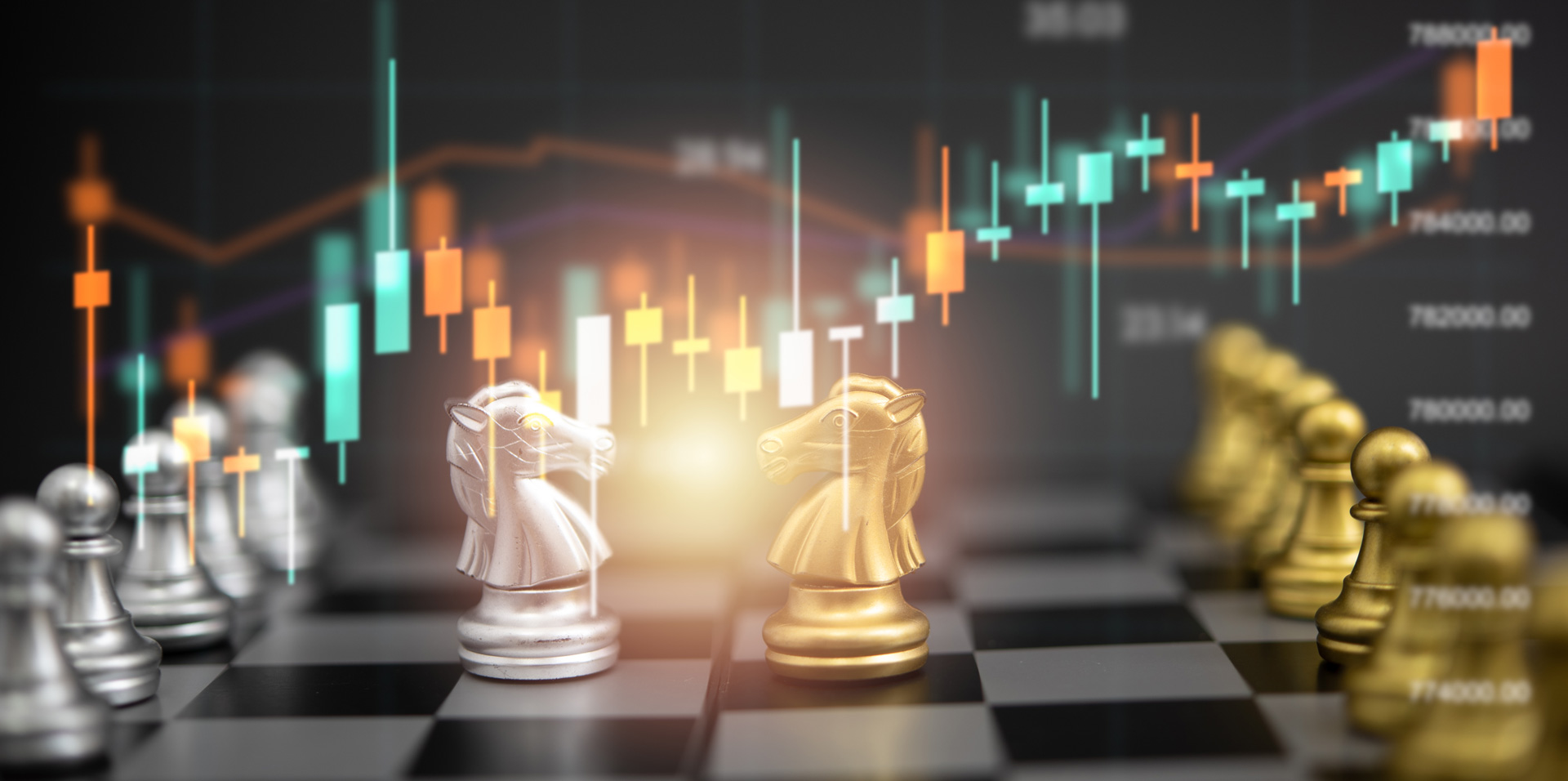The Forex market is a dynamic and ever-changing environment where traders seek to capitalise on currency movements. As you grow from a novice to an experienced trader, you delve into advanced trading concepts.
Let’s unpack these concepts to give you an edge in the market.
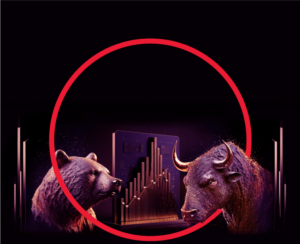 1) Forex Market Sentiment
1) Forex Market Sentiment
Market sentiment in Forex trading is the prevailing mood or attitude that traders have towards a currency pair. If most traders are buying, or going long, the sentiment is said to be bullish. If they’re selling, or going short, the sentiment is bearish. Knowing the sentiment can give you an idea of what might happen next in the market.
Commitments of Traders (COT) Reports
One way to measure market sentiment is by looking at the Commitments of Traders reports. These reports show the positions held by different traders in the market. They categorise traders into groups and show how many long and short contracts each group holds.
For example, if the report shows that major traders are holding a lot of long contracts for the Euro, it could mean there’s a bullish sentiment towards the Euro. Conversely, if they hold many short contracts, the sentiment might be bearish.
Economic Calendars
Another tool to consider is the economic calendar. These calendars list important economic events that can affect currency prices, such as policy decisions by central banks, inflation reports, and employment data.
For instance, if a central bank is expected to raise interest rates, it could lead to a bullish sentiment for that country’s currency. As a trader, you can look at upcoming events on the economic calendar and predict how they might influence trader sentiment.
Forex Forums and Commentaries
Forex forums and commentaries are where traders share their thoughts and opinions about the market. They can provide insight into what other traders are thinking and which currencies they’re interested in.
While these can be useful, it’s important to remember that not all opinions are equally knowledgeable or reliable. It’s essential to cross-reference with other sources and your analysis before making any trading decisions.
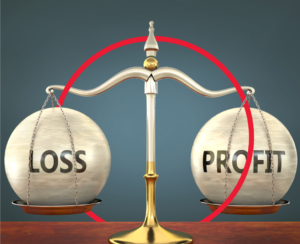 2) Volatility Trading
2) Volatility Trading
In the Forex market, volatility is a double-edged sword. On one hand, it presents traders with opportunities to make profits when prices swing. On the other, it can increase the risk of losses. As a volatility trader, your goal is to track these price movements and capitalise on them when the time is right.
Volatility Indicators
To trade volatility effectively, you need the right tools. Volatility indicators are at the heart of any volatility trader’s toolkit. They give you a quantifiable measure of how much a currency pair is moving, which can help you decide when to enter or exit a trade.
Average True Range (ATR)
The ATR indicator tells you the average movement of a currency pair over a given period. A higher ATR value indicates higher volatility and potentially more trading opportunities.
Volatility Index (VIX)
Although the VIX is traditionally used to measure stock market volatility, it can also provide insight into the general market sentiment, which can affect the Forex market.
How to Use Volatility to Your Advantage
To make volatility work for you, it’s all about timing. High volatility periods can be risky, but they’re also when the biggest price moves often happen. Here’s how you can approach this:
- Use your ATR indicator to find currency pairs with significant price movements.
- Higher volatility means it’s crucial to adjust your stop-loss orders to accommodate larger price swings to avoid being stopped out too early.
- Look for patterns that indicate when the market might be settling down or gearing up for a big move and plan your trades accordingly.
The Risks of Volatility Trading
While volatility trading can be profitable, it’s not without risks. The fast-paced environment of a volatile market means you need to make decisions quickly. The market can move against you just as fast as it can move in your favour. This is why risk management is paramount. You need to be comfortable with the risk level you’re taking on and have a clear strategy for managing it.
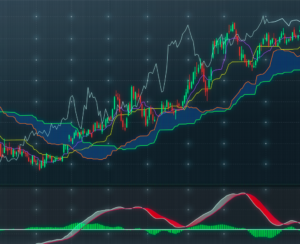 3) Understanding Correlation
3) Understanding Correlation
Correlation in forex trading tells you whether currency pairs move in the same direction, opposite directions, or independently of each other. A positive correlation means that pairs tend to move in the same direction, while a negative correlation means they usually move in opposite directions. No correlation implies there’s no consistent relationship in the movements.
For example, EUR/USD and GBP/USD often move in the same direction because they both have USD as the quote currency and tend to react similarly to U.S. economic events. This is a positive correlation. On the flip side, EUR/USD and USD/CHF often move in opposite directions because USD is the base currency in one pair and the quote currency in the other, showing a negative correlation.
Hedging in the Forex Market
Think of hedging as a form of protection for your trades. When you hedge, you’re essentially placing a trade that will become profitable if your main trade does not. It’s like buying an insurance policy for your car – you hope you won’t need it, but it’s there just in case.
Here’s an example:
You have a long position on EUR/USD, but you’re worried that something might happen that could cause the Euro to drop. To hedge this position, you could take a short position on GBP/USD, assuming both pairs have a positive correlation. If something unexpected drives the Euro down and your EUR/USD trade starts losing money, your short position on GBP/USD might make money, which could offset the losses on your original trade.
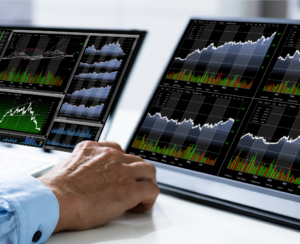 4) Copy Trading
4) Copy Trading
Copy trading allows you to mirror the trades of experienced and successful traders. It’s like having a mentor guide your trading decisions. This can be a great way to learn advanced strategies and see how professional traders navigate the market.
When engaging in copy trading:
- Choose the right traders to copy. Look at their performance history, risk profile, and trading style.
- Understand what you’re copying. Don’t blindly follow. Use it as a learning experience to improve your trading skills.
- Keep an eye on your account. Make sure you’re comfortable with the trades being made and that they fit your risk tolerance.
 5) Automated Trading
5) Automated Trading
Automated trading involves using software to create rules for trade entries and exits. Once programmed, these systems can execute trades on your behalf, based on the criteria you’ve set.
The advantages are numerous:
– Automated systems can process and trade on information faster than humans.
– Systems stick to the plan without being swayed by fear or greed.
– You can test your strategy on historical data to refine it before going live.
However, automated trading is not foolproof. It requires constant monitoring and tweaking to respond to changing market conditions. Plus, there’s always the risk of technical failures.
Wrapping Up
The more advanced the technique, the more vital it is to manage your risks effectively. Each of these strategies requires a clear understanding and a well-thought-out approach. Keep learning, stay disciplined, and test your strategies thoroughly to ensure they align with your trading goals.

